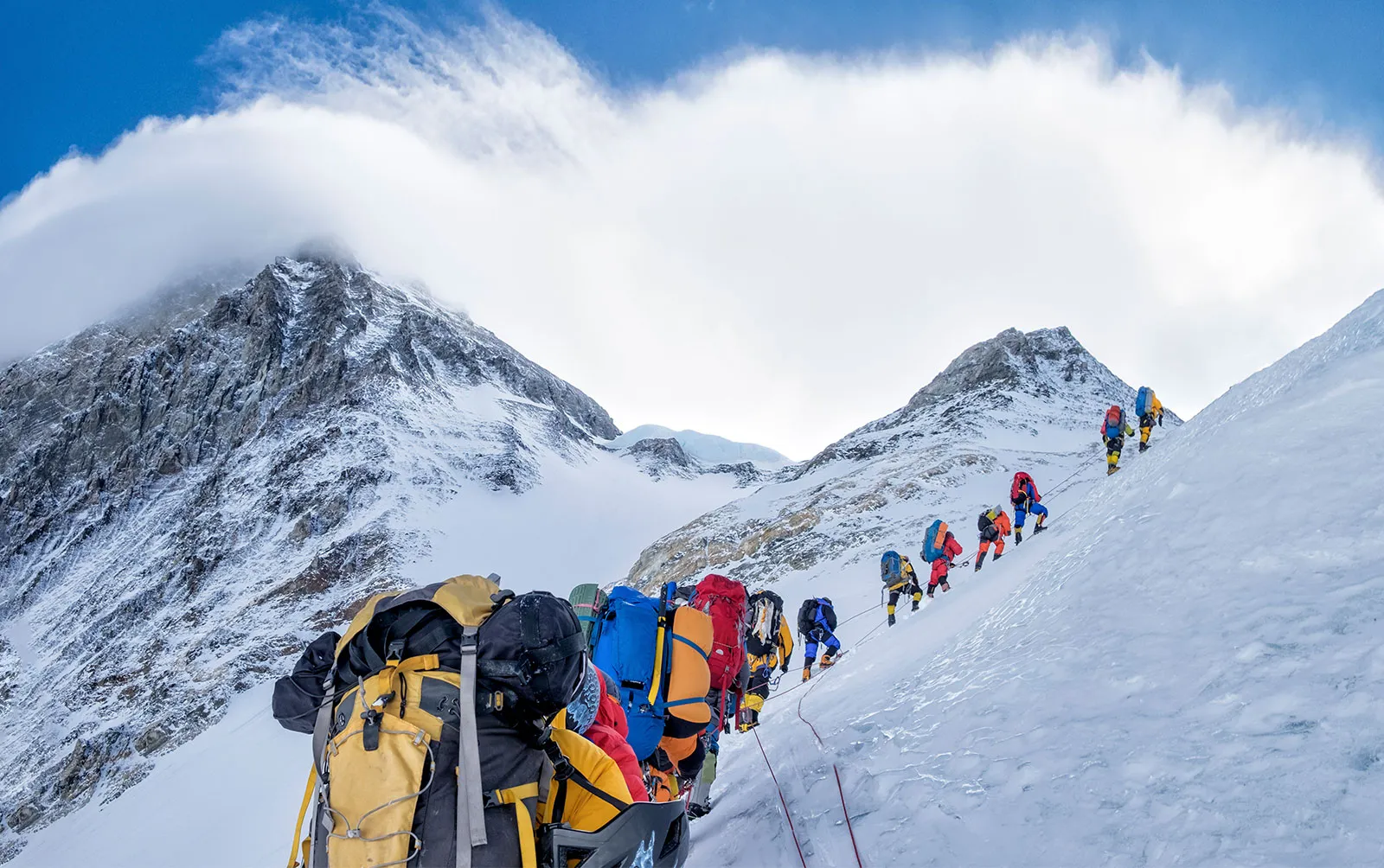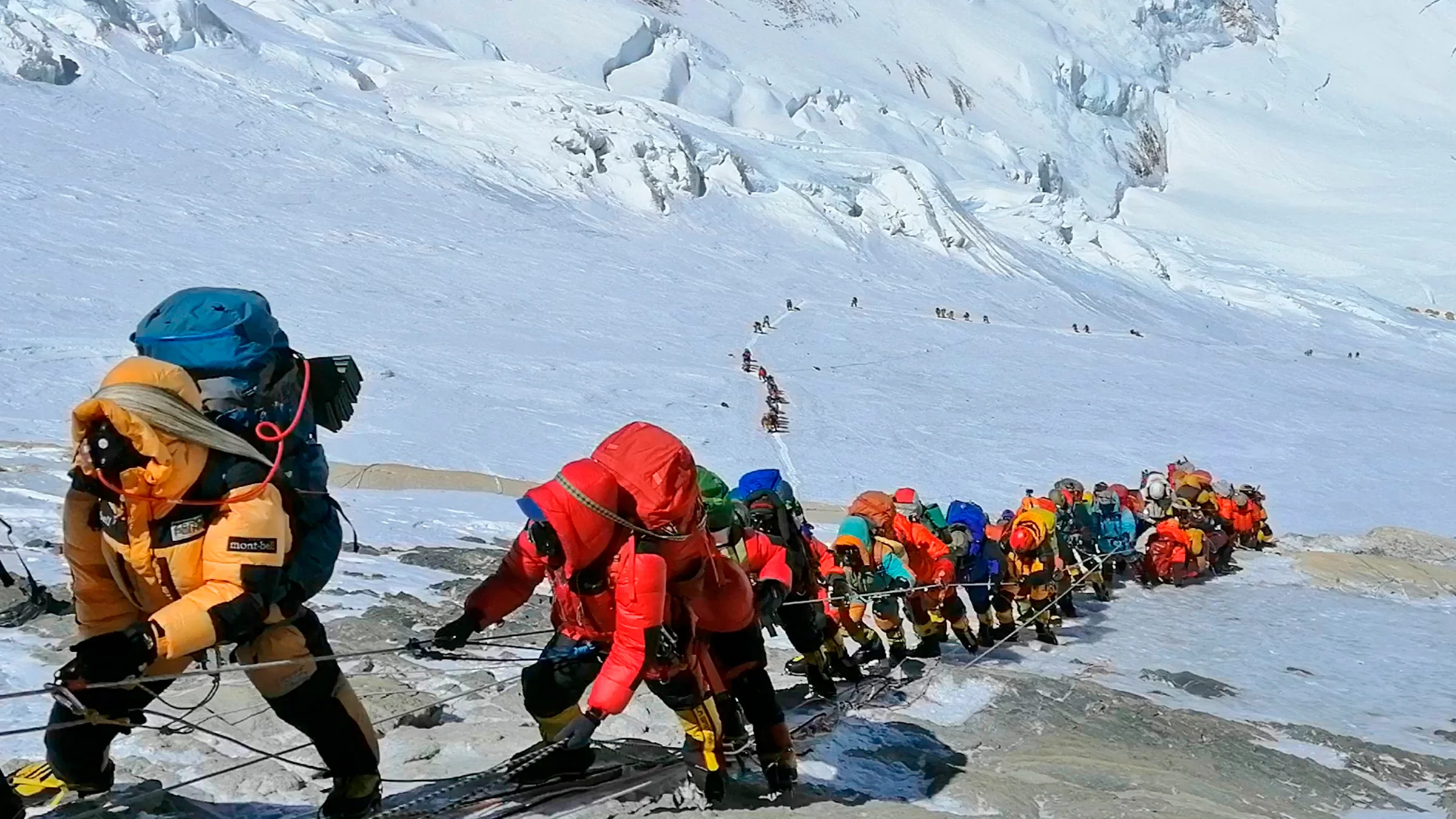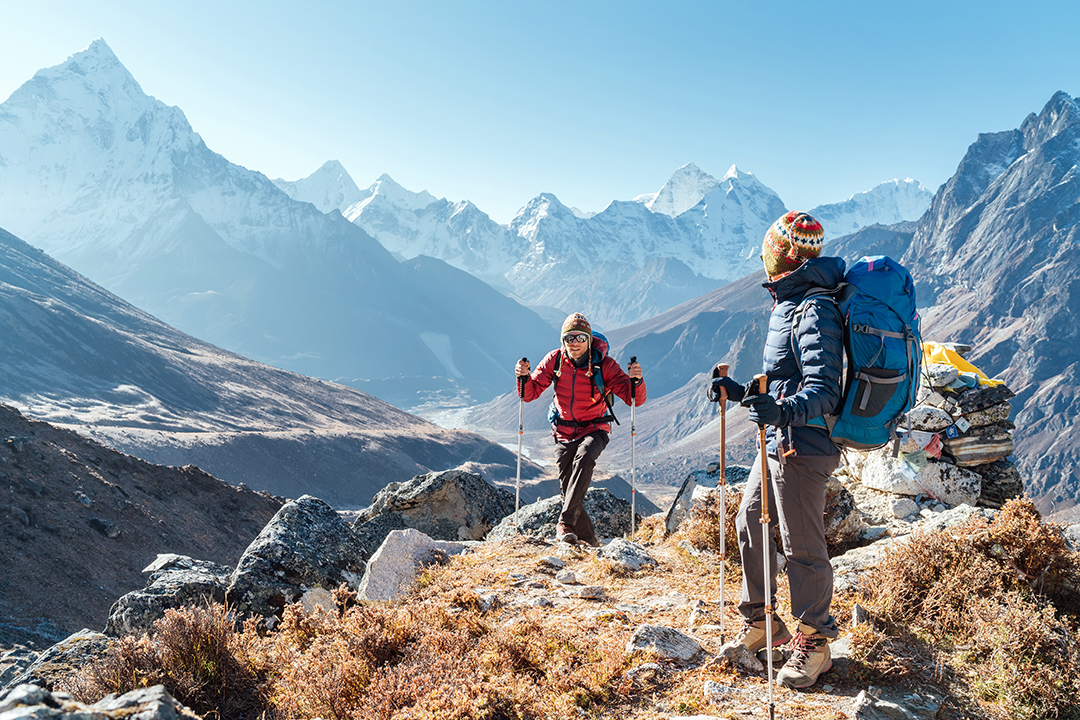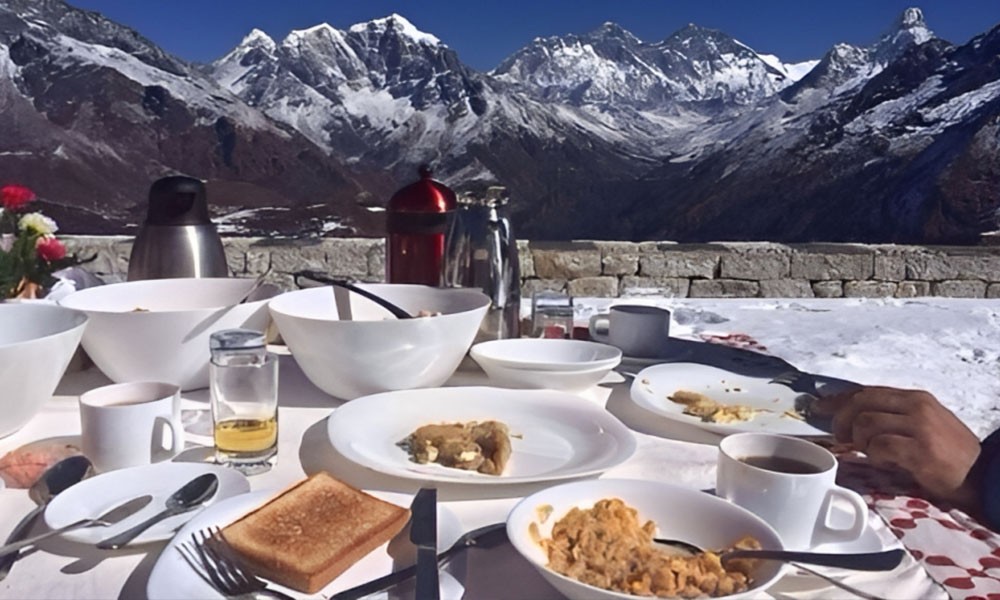
Best Time to Visit Everest Region

Best Time to Visit the Everest Region: Seasons for Unforgettable Adventures
The Everest Region, home to the world’s highest peak, Mount Everest, offers a breathtaking experience for trekkers and adventurers alike. However, choosing the best time to visit this magnificent region can make all the difference in your journey. The Everest region sees diverse weather conditions throughout the year, which directly affects the trekking experience.
At Sunny Holidays, we recommend visiting the Everest Region during the following seasons:
1. Spring Season (March to May)
Spring is considered one of the best times to trek in the Everest region. During this season, the temperatures are moderate, the skies are clear, and the trekking routes are adorned with blooming rhododendrons. It’s an ideal time for mountaineers, as many expeditions to the summit of Everest take place during this period.
- Temperature: Daytime temperatures range from 15°C to 20°C at lower elevations, but nights can get colder at higher altitudes.
- Highlights: Clear views of the peaks, lush greenery, and vibrant blossoms along the trail.
2. Autumn Season (September to November)
Autumn is the peak season for trekking in the Everest region due to the stable weather and incredible visibility. After the monsoon rains, the air is crisp, and the skies are crystal clear, offering stunning views of the Himalayan peaks. The trails are bustling with trekkers, making it a lively and exciting time to visit.
- Temperature: Daytime temperatures range from 10°C to 15°C, with colder nights as you ascend.
- Highlights: Best visibility, clear skies, and perfect trekking conditions.
3. Winter Season (December to February)
For those seeking solitude and a quieter trekking experience, the winter months offer fewer crowds and a more peaceful journey. However, winter trekking is only recommended for experienced adventurers, as temperatures can plummet, especially at high altitudes. Despite the cold, the Everest Base Camp trek is still possible with proper gear.
- Temperature: Daytime temperatures can range from -10°C to 5°C, with frigid nights at higher altitudes.
- Highlights: Snow-covered trails and fewer trekkers.
4. Monsoon Season (June to August)
Monsoon season is not the ideal time to trek in the Everest region due to heavy rainfall, which can cause landslides and muddy trails. However, for those interested in experiencing the region’s greenery and lower trekking routes, it offers a unique and quieter experience. Post-monsoon, the landscape becomes lush, making it a good time for short treks around Lukla and other lower areas.
- Temperature: Daytime temperatures range from 15°C to 20°C, but be prepared for rain.
- Highlights: Lush green landscapes and fewer trekkers.



